Independence Hall
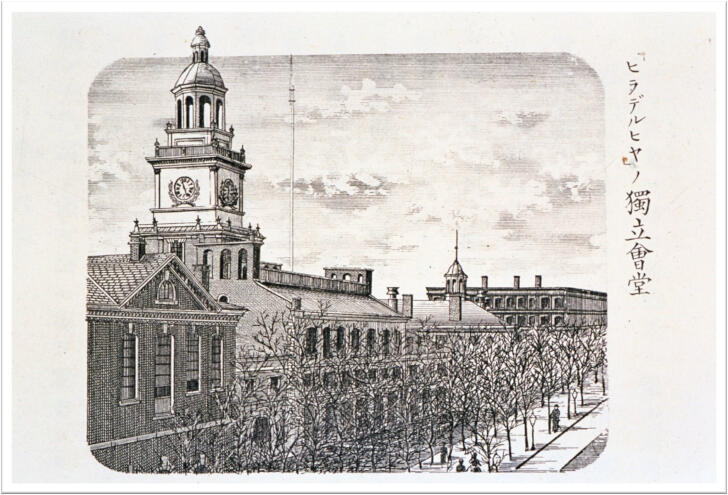
On July 30, 1872, the delegation visited Independence Hall. The building was the site of the first national Congress, and where the Declaration of Independence had been signed nearly one hundred years earlier in 1776. While the Declaration was stored in the building at the time of their visit, the delegates were not allowed to view the hallowed document in person. They did view the Liberty Bell, learn the history of its famous crack, and tour a hall filled with portraits of famous historical figures and presidents.
Philadelphia Libraries
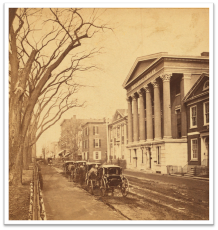
In Philadelphia the delegation was most impressed by the size and variety of libraries spread throughout the city. Founded by Benjamin Franklin in 1731, the public library was a democratic and quintessentially American institution. Kunitake Kume noted that the Philadelphia library, coupled with the Loganian Library, housed 180,000 volumes! The group also learned about the Philadelphia Mercantile Library, a branch that catered their catalog to the city’s merchants and held nearly 30,000 volumes. The delegates carried the importance of libraries back home with them. Japan’s first public library, the Imperial Library, opened in 1872. Twenty years later, the Japan Library Association (JLA) was created to promote nation-wide library services, much […]
Smithsonian Institution
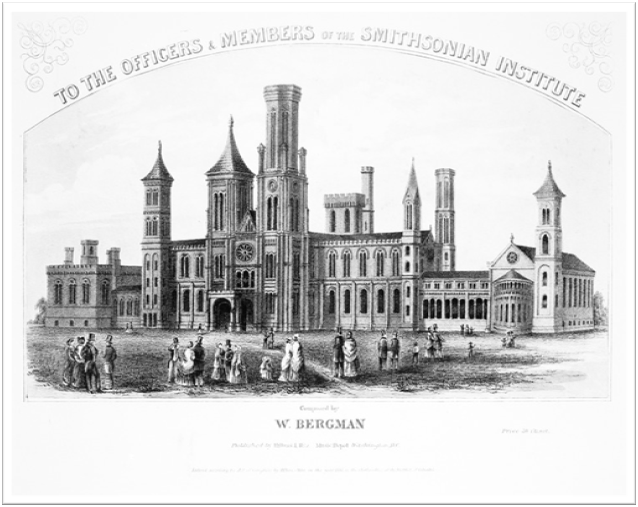
On April 17, 1872, Vice-Ambassador Naoyoshi Yamaguchi (1839 – 1894) and Kunitake Kume (1839 – 1831) accepted an invitation to visit the Smithsonian Institution. The Institution had been established 26 years earlier with funds from James Smithson (1765 – 1829), whose vision was to create a space “for the increase and diffusion of knowledge.” As Yamaguchi and Kume approached the building they were impressed by vast lawns, luscious trees, and winding paths surrounding the property.Even from the outside it felt like a place of learning and insight.The two delegates toured the glass conservatory filled with plants and trees, and viewed the main building’s numerous artifacts, specimens, and machines, and walked […]
Bureau of Agriculture
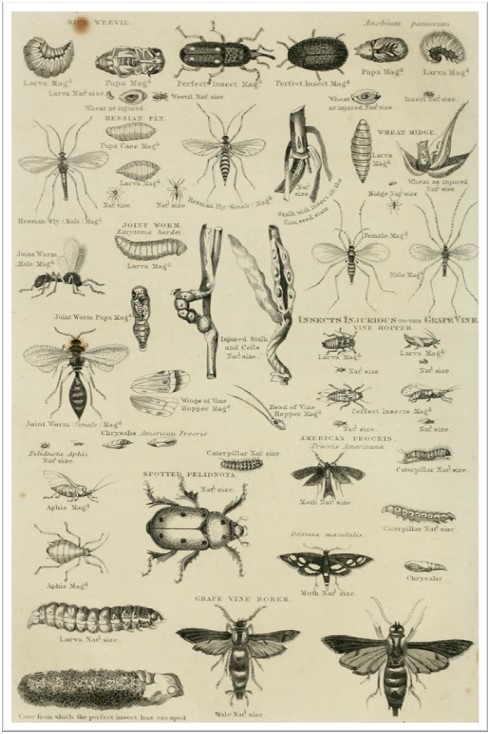
On April 30, 1872, the delegation received a tour of the Bureau of Agriculture, beginning with the Entomology Department and the agricultural museum. The group was interested in investigating the ways that farmers in America protected their fields from harmful pests. Farmers in Japan used a method of flooding their rice fields to protect from weeds and bugs. The delegates learned that, in contrast, American farmers relied on eagles and swallows to serve as natural predators for harmful insects. For the most invasive insects, the Bureau actively researched more advanced methods of field protection. Kunitake Kume noted that America’s greatest profits must be derived from its vast agricultural industry. While […]
Women’s Role in Society
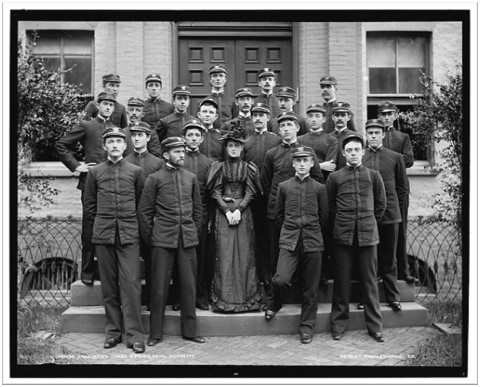
On May 4, 1872, the group detoured from Washington D.C to visit the United States Naval Academy in Annapolis, Maryland. Upon arrival, the delegation was surprised to see women entering government buildings. Kunitake Kume remarked on this, saying the strangest custom he witnessed in America was the relation between the sexes. He had seen husbands serving their wives inside and outside of the household, and intimate dancing between the men and women in public. Just months after their visit, Susan B. Anthony would convince a group of women to cast ballots in the presidential election. Although it would be 50 years before women would be granted the right to vote […]
Emancipation Day
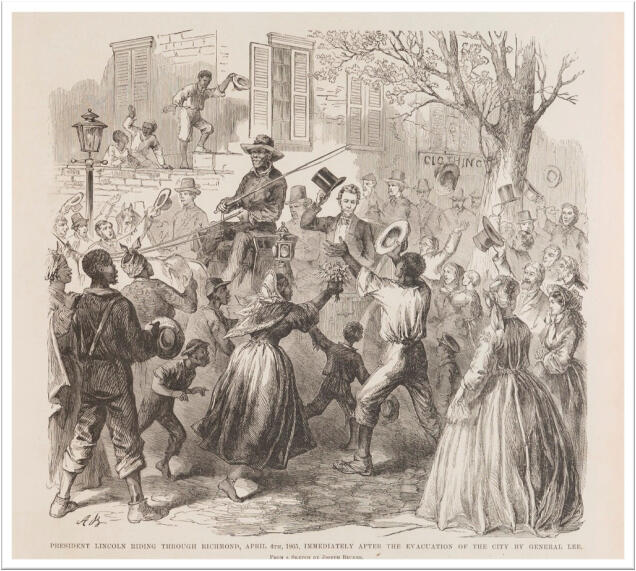
On April 16, 1872, the Japanese delegates arrived in the nation’s capital. Their visit coincided with the 10th anniversary of Emancipation Day, celebrating the signing of the Compensated Emancipation Act by President Licoln in 1862 that freed slaves in the District of Columbia. The streets were filled with parade-goers, as African Americans waved banners, marching bands filled blocks with music, and women rode in carriages in celebration. Upon being received at the White House, the delegation watched a 101-gun salate. Kunitake Kume commented upon the immeasurable accomplishments made by African Americans post-slavery, proof that intelligence was in no way limited by skin color. He surmised that education was a key […]
